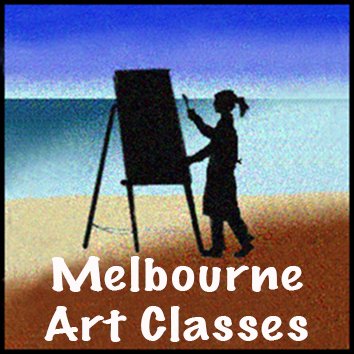drawing materials to collect
A huge bonus of the drawing habit is that it is not an expensive one.
You can begin with the bare essentials and collect more as you develop your skills. A good start into drawing is the Foundation drawing course which prepares a student for drawing in general.
PENCILS / OTHER MEDIA
Graphite & Charcoal Pencils come in a large range of tones and hard/soft levels.
DARK: 8B 6B 4B 2B B HB F H 2H 4H 6H : LIGHT
To start, get at least an 8b, 2b, hb. A woodless pencil or graphite stick is great for frottage(rubbing over textures) and shading larger areas.
PAPERS
Start with cartridge paper (A4 or A3 or both) pads are easy to find and affordable. Later you may want to try specialty papers, toned papers, textured papers, etc. Avoid cheap papers except for repetitive exercises. (practising egg shapes for faces, gesture drawings etc). Those who are really serious also keep a small visual diary (that will easily be carried everywhere) so practice becomes routine and second nature, no matter the location.
Charcoal is often the first drawing medium for some, but you might find that graphite is easier to control. It is good to have at least one hard black charcoal pencil for those extra dark areas here and there. Charcoal comes in white and sanguine as well which are fantastic for figure sketches on toned paper. (like those that Leonardo was fond of).
ERASERS
A gum (or vinyl eraser) is a must-have item, but it is also really nice to have a kneadable eraser (looks like blu tac) which you can twist and shape in many ways plus a battery-operated eraser (Derwent is sturdier than Smiggle in my opinion) which is fantastic for clean and tiny jobs.
BLENDERS
Paper towel, chamois, or felt can help when blending larger areas and paper stumps (also called stomps or tortillons) which come in various sizes, can be used to blend fiddlier areas and also become a drawing tool after they have collected some graphite (or charcoal).
SHARPENER
Make sure you have a good sharpener and also some sandpaper (they come in a little tear-off pad from art shops but just a sheet of light grade sand-paper from the hardware store will do well also). The easiest sharpeners are the kind with a receptable to collect the shavings. Long-point sharpeners are great (there is more graphite showing to shade with) but not essential at all.
OTHER OPTIONAL DRAWING MATERIALS FOR LATER - this figure drawing course is not covering an exploration into other materials, we recommend starting in graphites and conquering the subject in this first.
(optional) A technical pencil (with refills) ie.The kind that pops out like a pen when you click.(good for very fine hatching and perspective drawing.
white, sanguine, black charcoal; pencils for drawing on toned paper
Ink nib, black drawing ink and/or a waterproof ink FINELINER (One waterproof and also a non-waterproof for playing with ink and wash)
Coloured pencils
Coloured inks, small brushes
Copic or other coloured markers, marker-specific papers
EASEL OR TABLE?? more here
Some people recommend a tilted surface as the distance from the eye to all areas of the paper is the same, but really, I think if you are drawing on a flat surface you can make allowances. Try both and see which feels most comfortable. Technical drawing is most definitely easier on a large tilted table or easel. General drawing and figure drawing can be done standing at an easel or sitting with a pad on your lap or at a table.
OTHER USEFUL ITEMS
a ruler, a craft knife, a cardboard frame of reference, scrap and recycled paper,
GENERAL TIPS FOR DRAWING (revision from Foundation Drawing Course)
* Have the basic materials from the list
* Keep your pencils sharp (softer ones go blunt quicker), and keep a little light sandpaper handy for in-between main sharpenings
* Avoid coloured erasers, avoid glossy paper
* Try out all of your pencils and erasers and know what each is for (eg. When you are doing the first sketching, always start with HB and press quite lightly. It is much harder to correct if you press hard or go too dark too soon.) Wait until you have a very good drawing outline before you start using the darker B group to do shading, hatching etc.
* Try working on larger sheets sometimes and letting your whole arm and hand stay loose, practice getting big ovals neat over and over and over to get more (free) control.
* Always plan the whole image and mark out some top and bottom points on your page, don’t just start drawing and get to the bottom with no room left !!
* Explore how best to hold a pencil, how heavy to press, explore making different marks, hatching, cross-hatching etc. Keep your grip loose and your sitting or standing position very comfortable.
* Remember not to expect to get it perfect the first time (or even in the first 100 goes!!), it may take a bit of erasing, correcting and a lot of practising over and over. Just know you are heading in the right direction.





